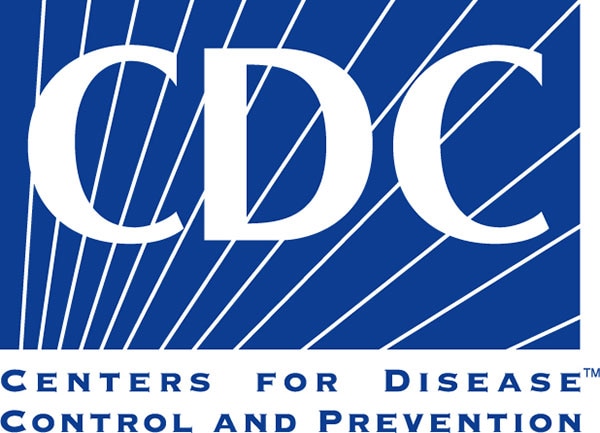John has been living with severe osteoarthritis in both knees for several years. He has tried physical therapy, oral nonsteroidal anti-inflammatory drugs (NSAIDs), and corticosteroid and hyaluronic acid injections. Despite these treatments, John's condition has deteriorated, with his pain steadily increasing.
Six months ago, John's physician, Dr Anderson, initiated opioid therapy to address his chronic knee pain. John takes 30 mg of extended-release morphine daily, which has been successful in alleviating his pain.
Dr Anderson explains that opioid therapy, even short-term, carries risks. Expressing concern for John's safety, Dr Anderson engages him in a discussion about naloxone, a potentially life-saving medication that can reverse the effects of an opioid overdose.
Feedback
Clinicians who prescribe opioids or have patients taking opioids should offer naloxone to patients even if no immediate risk factors for overdose are present. Offering naloxone is a proactive approach to ensure patient safety because opioid therapy, even when prescribed and taken appropriately, carries risks. A person does not need to be dependent on opioids or intentionally misuse opioids to overdose. Even if a patient believes an opioid overdose would never happen to them, clinicians should emphasize the benefit of having naloxone on hand. Clinicians can raise awareness about naloxone and promoting its use by:
- Offering naloxone when prescribing opioids, particularly to patients at increased risk for overdose.
- Providing education on overdose prevention and naloxone use to patients receiving naloxone prescriptions and members of their households.
Feedback
History of severe allergies does not directly influence the likelihood of an opioid overdose. The following factors increase risk for opioid overdose:
- A history of overdose indicates that the patient is at increased risk of experiencing an overdose again.
- Sleep-disordered breathing, particularly conditions such as sleep apnea, can increase the risk for respiratory depression when opioids are used.
- Co-administration of opioids and benzodiazepines is a well-recognized risk factor for overdose because both drug classes can depress the respiratory system.
- Patients taking higher dosages of opioids (eg, ≥ 50 morphine milligram equivalents per day) are at an increased risk owing to the higher concentration of opioids in their system, potentially leading to overdose.
- Patients with a substance use disorder are likely to experience greater risks for opioid use disorder and overdose[1-3] than are persons without these conditions.
Feedback
Naloxone works by binding to opioid receptors in the brain, blocking the effects of opioids, and rapidly reversing their actions. When sprayed into the nose or injected into muscle, it quickly reverses the harmful effects of opioids during an overdose.[4] Naloxone can be given safely to people of all ages, from infants to older adults.[5] Naloxone will not harm someone whose overdose involves drugs other than opioids,[6] so it is always best to use it if you think someone is experiencing an overdose.
Feedback:
Naloxone is a life-saving medication that can reverse an overdose from opioids — including heroin, fentanyl, and prescription opioid medications — when given in time.[7] Dr Anderson may want to emphasize that naloxone is effective against all opioids including fentanyl. Fentanyl is a synthetic opioid that is up to 50 time stronger than heroin and 100 times stronger than morphine.[8,9] It is a major contributor to fatal and nonfatal overdoses in the US[10] — specifically, those due to illegally made fentanyl.
Feedback
Involving a family member or close friend who can support and administer naloxone can help to ensure that naloxone is readily available in case of an opioid overdose. Naloxone is a life-saving medication, but its effectiveness depends on timely administration during an overdose. Having someone close who is prepared can make a critical difference.
Maintaining a journal aids in monitoring opioid use and safety but does not replace medical supervision. Developing a pain management plan with medication adjustments is reasonable but does not address opioid overdose and naloxone administration. Wearing an alert bracelet does not directly prevent opioid overdose or aid naloxone administration.



